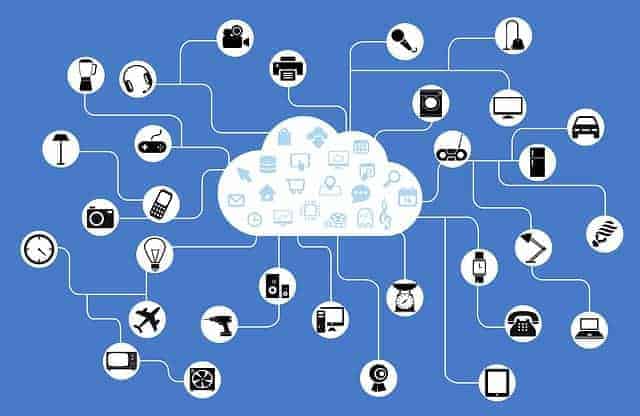The short answer to this question is “yes”. However, how soon is yet to be determined. It’s probably not going to take too long if the current technology development speed is anything to go by.
How many wireless-enabled gadgets do you have in your possession already? At the very least, a Wi-Fi router seems to be present in many if not most homes in the USA. With Wi-Fi Internet at home, we can get rid of all the cords that come with printers and scanners. Smart TVs usually connect to the world network via Wi-Fi as well (though you can choose to use a cable if your wireless speed is somewhat slow-ish).
The Internet of Things (IoT) is spreading at an unbelievable rate. Wi-Fi helps elderly and physically-challenged to participate in modern society’s life actively; wireless automation within industries simplifies and accelerates production processes. We install more and more gadgets in our homes that can be controlled from a tablet or a phone, regardless of where we are.
Smart homes mostly work using Wi-Fi, allowing you to control your family’s safety and comfort even when you’re not at home—just a few touches to your smartphone’s display can grant you access to any hidden cameras if you feel like checking up on your pets or your kids’ nurse, fill the cat’s feeder, turn on air conditioning for the house to be nicely cooled by the time you step inside on a hot summer day, lock or unlock the doors, and many more things. Security systems send you notifications when someone who is not authorized tries to get inside. We do not see it but we already pretty much live in the wireless future. The only problem is that the current 4G technology starts to struggle with a load of all the devices. But with the global launch of the 5G standard (planned for 2020), everything will become faster, more sophisticated, and more accessible.
Wi-Fi is not the only wireless option, of course. We connect our smartphones to fitness trackers and speakers via Bluetooth. When you need to stream files from your laptop to the larger screen of a TV, today, you can use a wireless HDMI device instead of a cord; some wireless HDMI devices use Wi-Fi but not all, there are those with WHDI standard compatibility and some with others. Those of us who can afford a good robotic vacuum become free of at least one house chore; most of these devices use infrared sensors.
There are wireless chargers for smart devices like phones, tablets, watches, etc. with which you only need to lay the device on the charger and busy yourself with something, and the charger will do its job without your help; no lengthy cords on your desk. Though to use them, your gadgets still need to be equipped with a specific sensor compatible with the technology the charger uses (the most widespread being the Qi inductive charging standard), the process itself still takes a bit more time than charging with a traditional cord. The distance between the charger and the gadget is rather small, making it impossible to take a call, for example, without disconnecting. All in all, this tech is still in development and has several drawbacks, but the companies are working on it and, given some time, the cons will be overshadowed by the pros, and everyone will switch from corded to cordless. Right now, the list of Qi-compatible smartphones mainly includes several newest Samsung models and iPhones; Google and Microsoft also work with Qi-developers, same as LG, Sony, and some other world-renowned companies. The list grows, too.
Today only about half of humanity uses the Internet regularly. According to some scientists, with the rate we are going now, our totally wireless future will be possible in ten years, give or take. We do hope, though, that the day we wake up in that wireless future, it won’t be a dystopian one.






